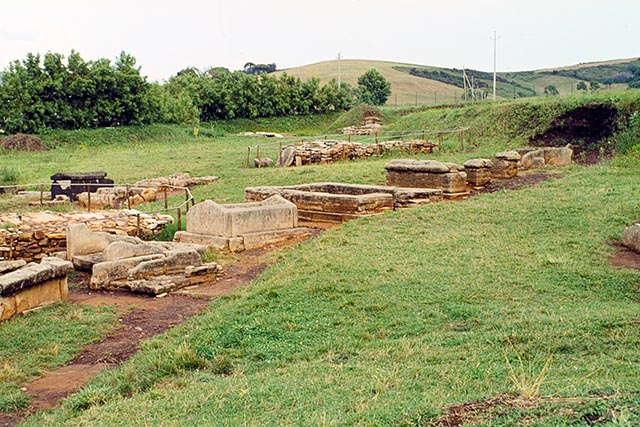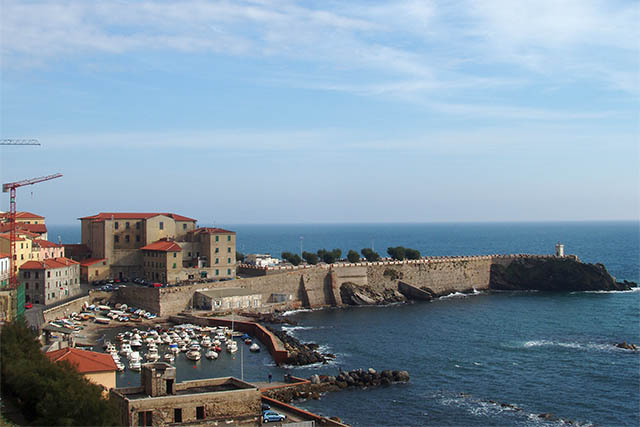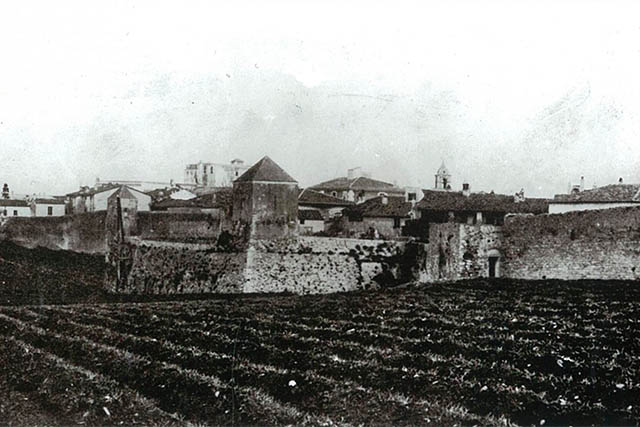Municipality of Piombino
The city of Piombino has had a long and eventful history. Rising from the ashes of the ancient Etruscan civilization, the town survived through the Middle Ages and the Renaissance, until it established itself as a principality, and it is in this form that it joined the Grand Duchy of Tuscany in 1815. It is known that Leonardo da Vinci spent time in Piombino on two separate occasions. The first was in 1502, at the behest of Cesare Borgia, who briefly ruled the territory and sent him there to study projects for the development of the area. His second sojourn, in 1504, was dedicated the reinforcement of the town’s strategic defenses at the request of the city-state of Florence.
The Etruscans’ one large port town – Populonia – overlooks the Gulf of Baratti. Leonardo marks the site of this town twice in manuscripts dating to the beginning of the 16th century. Testifying to the glory of the Etruscan civilization is the splendid architecture of its tumuli, as well as funerary furnishings and finely crafted artefacts of every type, a large collection of which are on display in the Museo Archeologico del Territorio di Populonia in Piombino.
Leonardo also had occasion to study the modest port of Piombino during his second sojourn. He clearly viewed it as a weak point in the coastal defenses of the territory, and suggested that a fortified bastion be built overlooking the port, a sketch of which may be found in one of his notebooks.
From his notebooks it is clear that on his second visit to Piombino Leonardo examined in great detail the town’s defensive walls and its castle (which was later subsumed in the walls of the fortress), and this led him to propose various significant structural additions and modifications. The fortress complex has since undergone numerous transmutations (in the mid-19th century it was taken over by the state, which used it as a prison for many decades) and today, after a thorough-going renovation, it houses a permanent museum and space for temporary exhibitions.
The city walls of Piombino were a point of particular interest for Leonardo. While for Cesare Borgia he concentrated primarily on two projects – the reclamation of the marshlands surrounding the town and the improvement of the road network that connected Piombino (an important port on the Tyrrhenian Sea since Etruscan times) with the rest of Tuscany – for the rulers of Florence he made a study of the town’s strategic defenses.









